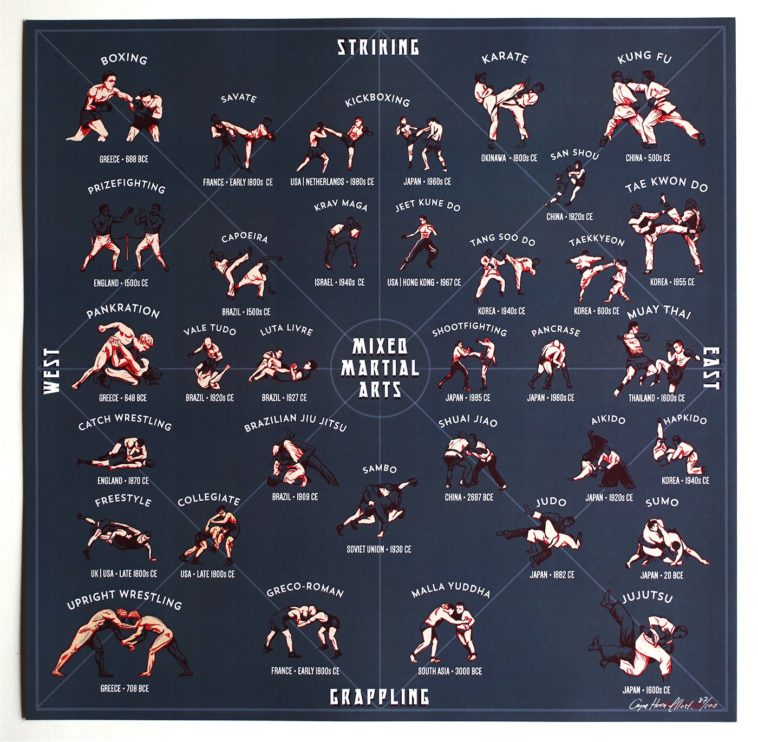Discover The Keys Of Taekwondo's Belt Degrees! From White To Black, This Overview Has Whatever You Need To Recognize. Dive In Currently!
Discover The Keys Of Taekwondo's Belt Degrees! From White To Black, This Overview Has Whatever You Need To Recognize. Dive In Currently!
Blog Article
Developed By-Frost Vest
Did you understand that there are a total amount of ten belt degrees in Taekwondo? From linked resource site to the prominent black belt, each level stands for a turning point in your trip to mastery.
However what do these belt degrees really indicate? Just how do you advance via them?
In this discussion, we will certainly break down the belt degrees in Taekwondo, explore their importance, and reveal what it takes to increase via the ranks.
So, if you're curious to recognize the details of Taekwondo's belt system and what it indicates for your training, remain tuned.
The Objective of Belt Levels
The objective of belt degrees in Taekwondo is to give a clear and structured development system for you to track your advancement and skill degree. As you begin your Taekwondo trip, you begin with a white belt, symbolizing your beginner condition. With each belt promotion, you gain new expertise, strategies, and duties.
The belt levels function as turning points, mirroring your dedication, dedication, and growth in the fighting style. They provide a feeling of accomplishment and motivation to keep pushing on your own to enhance. Furthermore, belt levels aid teachers and peers assess your abilities and offer ideal support and training.
Belt Color Styles and Their Definitions
As you advance through the belt levels in Taekwondo, each shade represents a specific meaning and indicates your growth in the fighting style.
https://cagesidepress.com/2020/10/17/lomachenko-mixed-martial-arts/ , which is the starting point for all newbies, represents purity and virtue.
As you move on to the yellow belt, it represents the earth where a plant sprouts and settles.
The green belt stands for growth and the advancement of your abilities.
Heaven belt signifies the sky, where your potential as a Taekwondo professional is endless.
The red belt represents danger and care, reminding you to utilize your abilities properly.
Lastly, the black belt stands for mastery and proficiency, indicating your journey in the direction of becoming a true Taekwondo master.
Each belt shade holds its very own one-of-a-kind meaning, showing your progression and devotion in this ancient martial art.
Progressing With the Belt Degrees
To progress with the belt degrees in Taekwondo, you must regularly show your skills and commitment. Here's what you require to learn about proceeding in this fighting style:
1. ** Method Makes Perfect **: Normal training sessions are necessary to improve your method and master the needed kinds. Rep refines your abilities, allowing you to perform with accuracy and speed.
2. ** Pushing Your Limitations **: Advancing with the belt levels calls for pressing on your own beyond your comfort zone. beginning karate adults 'll be challenged physically and emotionally, however it's via these obstacles that you grow and enhance.
3. ** Evaluating Your Knowledge **: Belt checks evaluate your understanding of Taekwondo principles, including sparring, self-defense, and breaking techniques. These examinations ensure you have a thorough grasp of the art and are ready to proceed to the next degree.
Verdict
As you start your trip via the belt degrees in Taekwondo, bear in mind that each shade holds a deeper definition past its surface look.
Similar to the vivid shades of the belts, your development stands for growth, technique, and perseverance.
As you progress, each belt comes to be a sign of your devotion and mastery of the art.
Accept the difficulty, push your limits, and let the symbolism of your belt levels inspire you to come to be the most effective version of on your own both on and off the floor covering.
